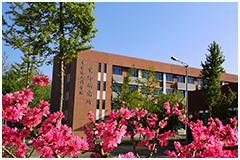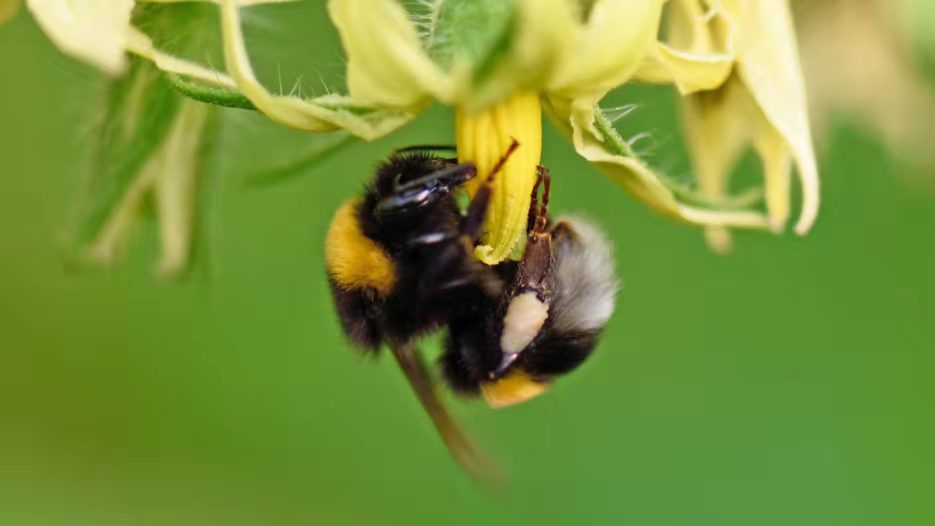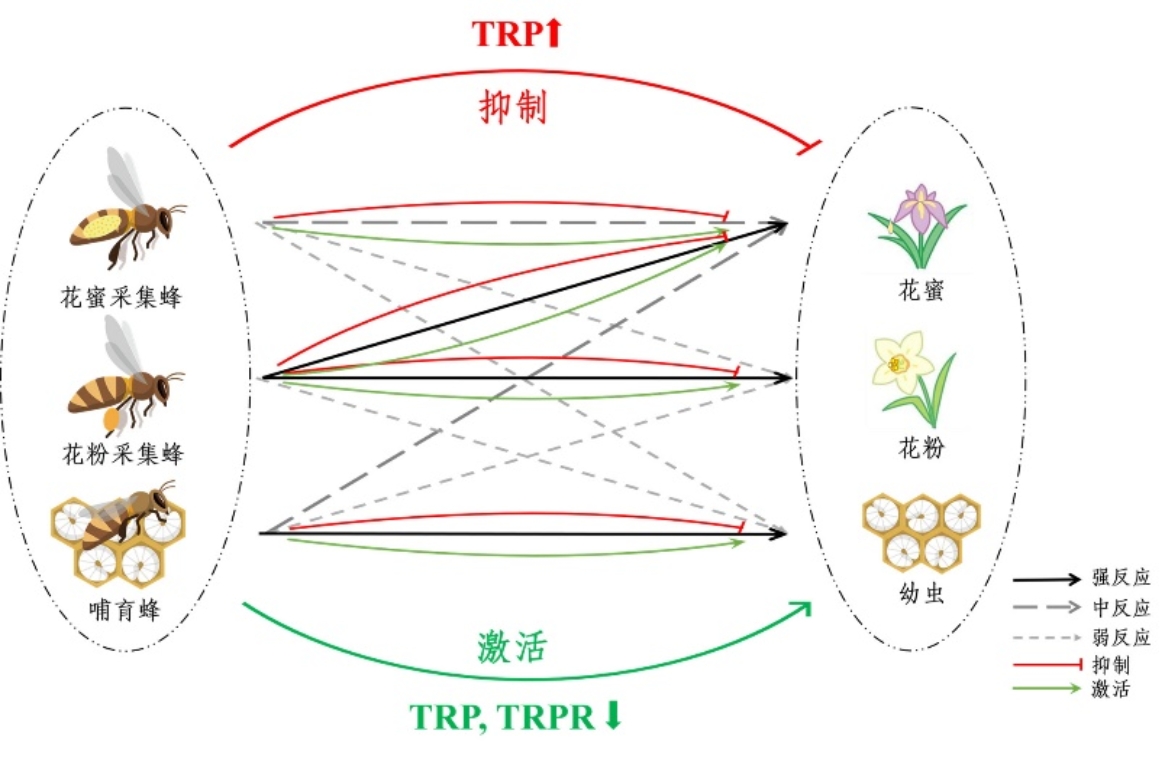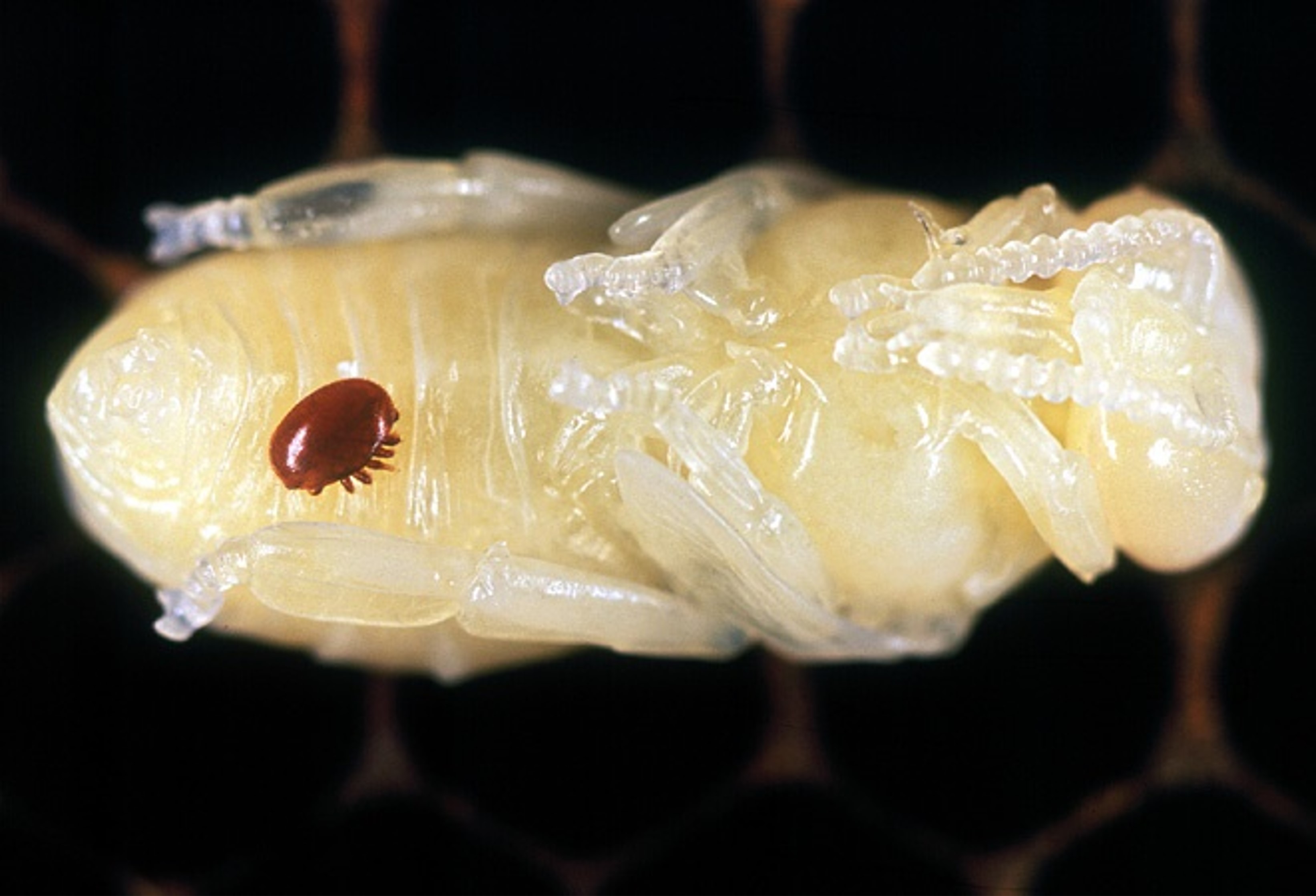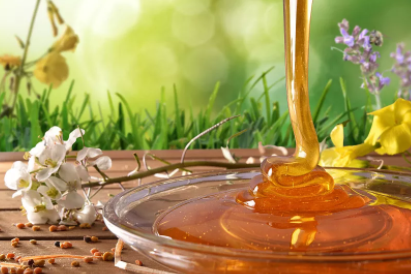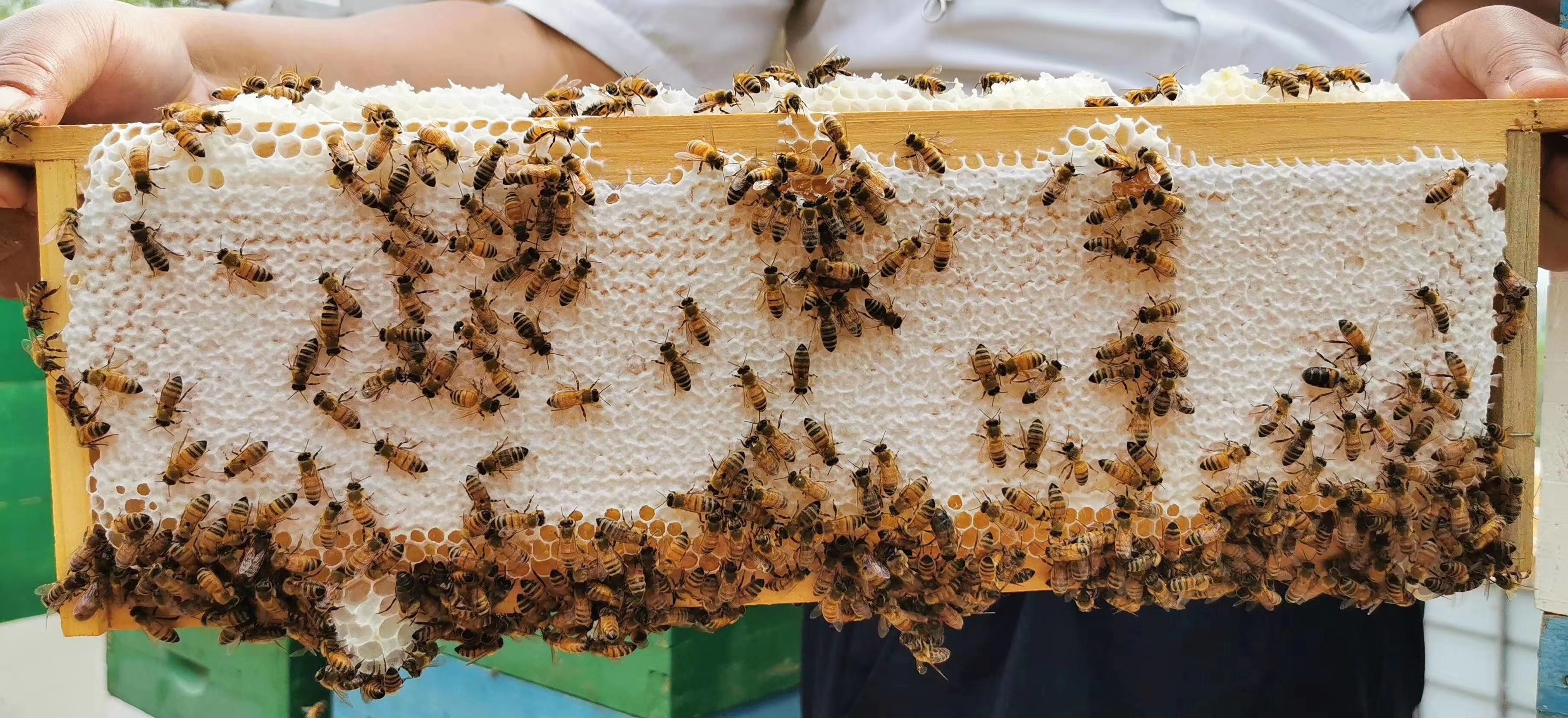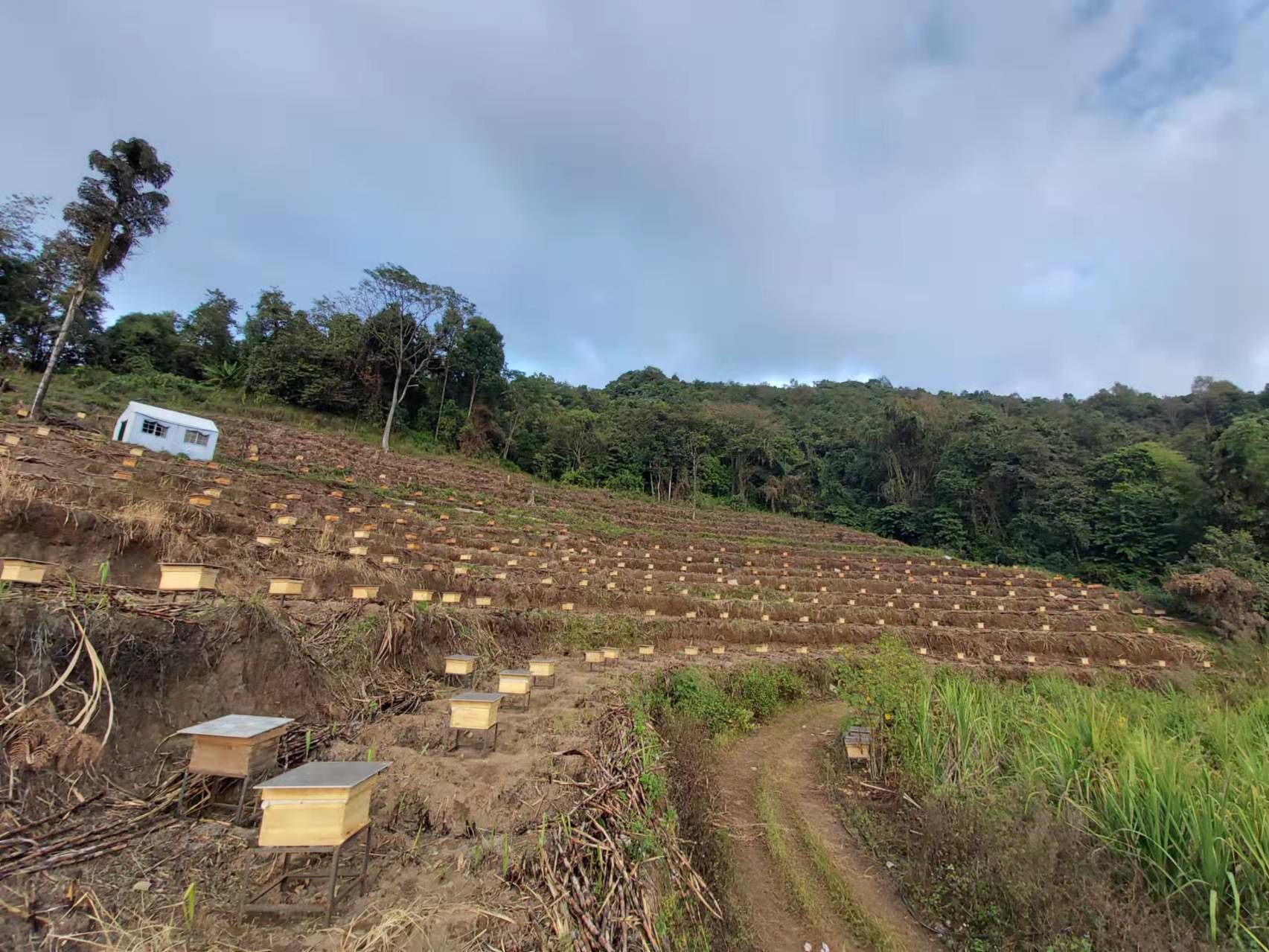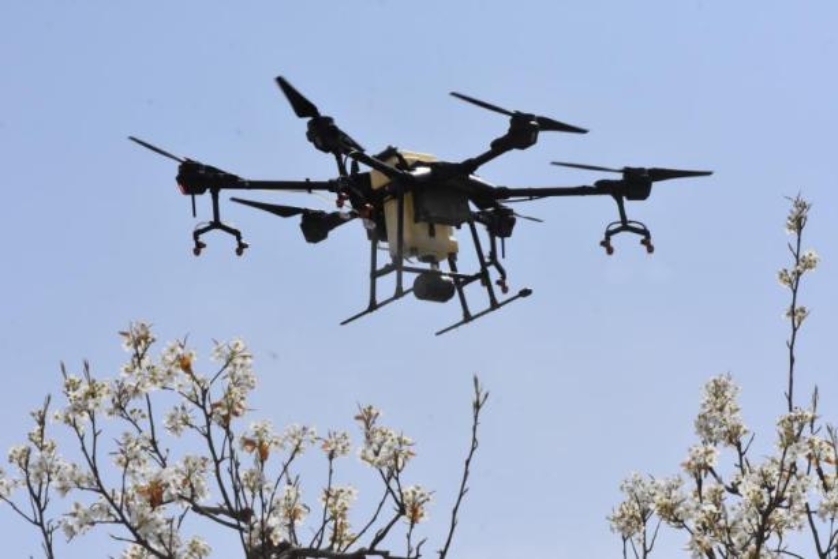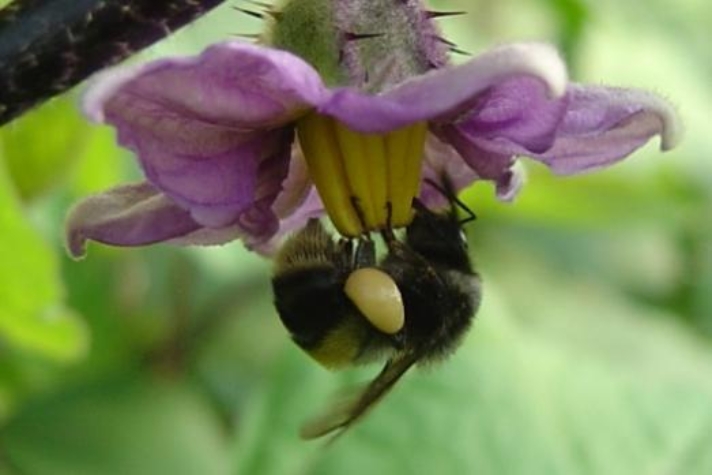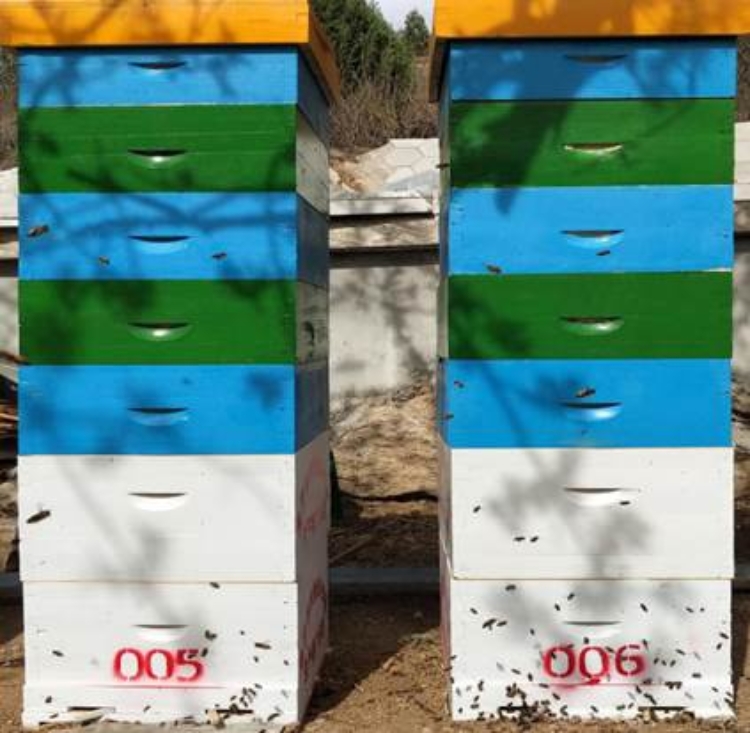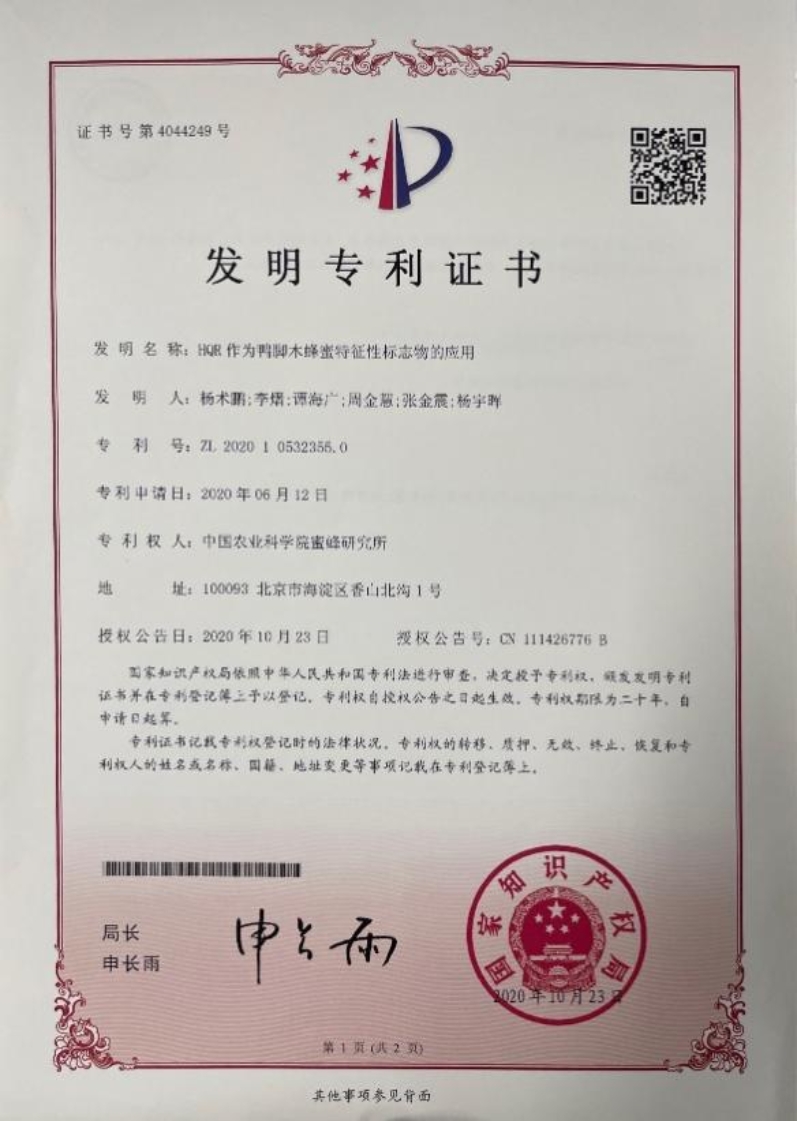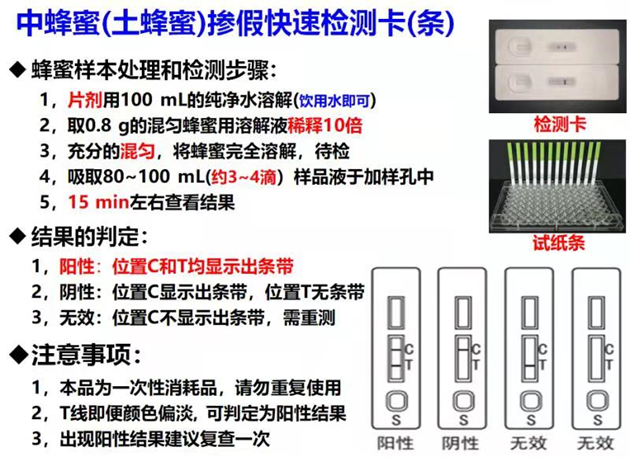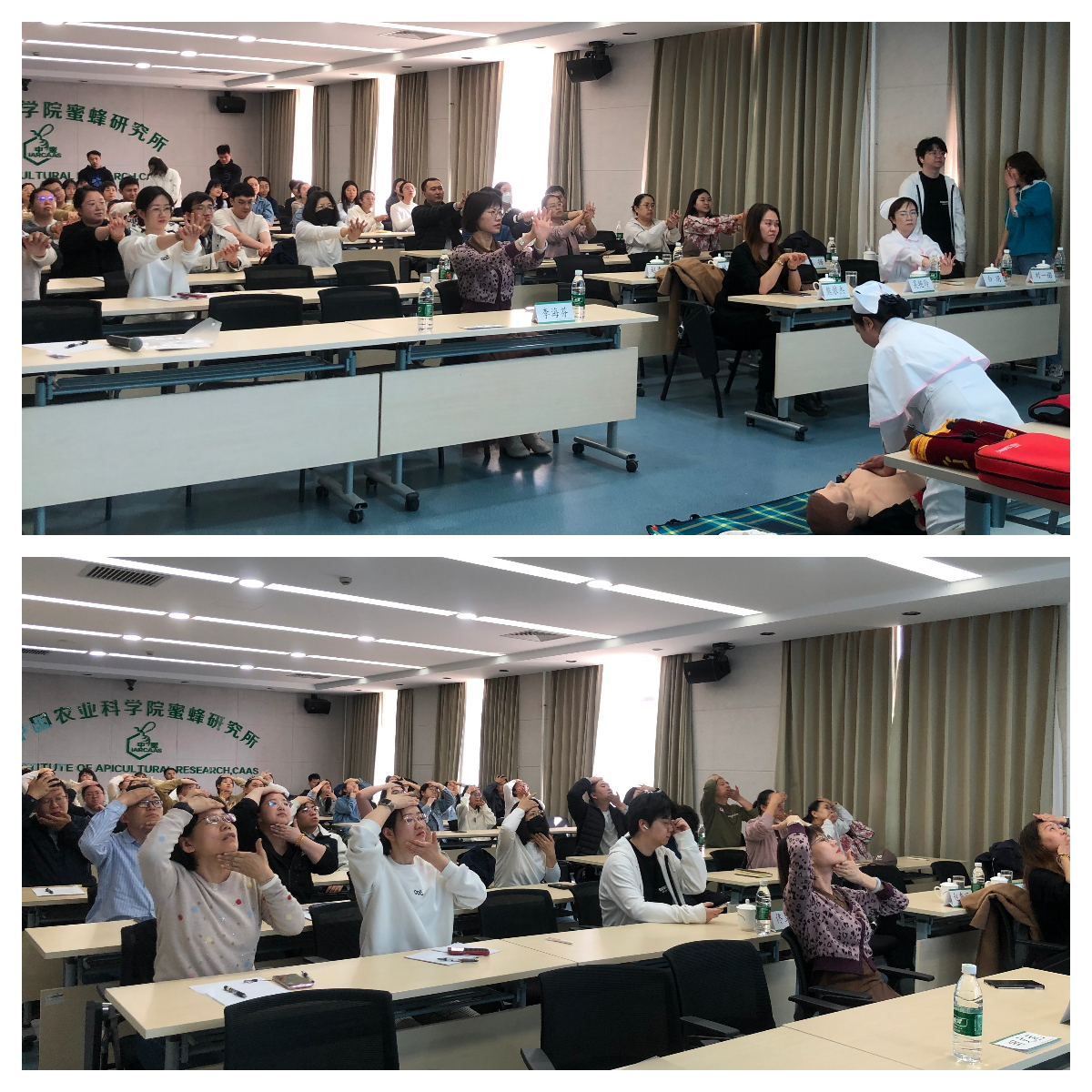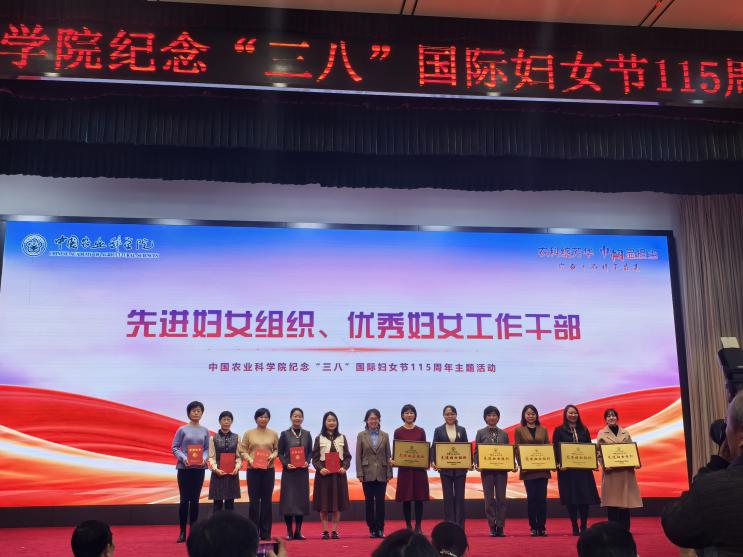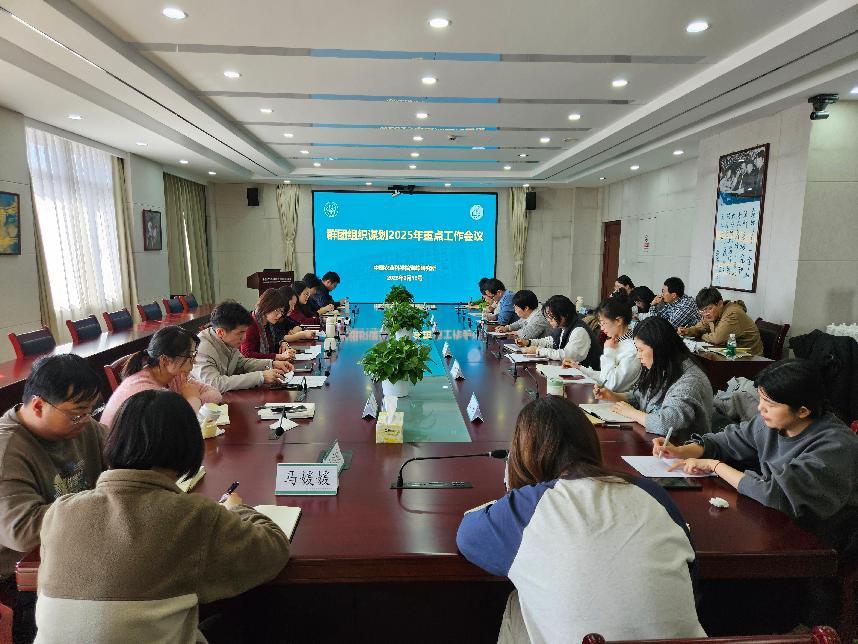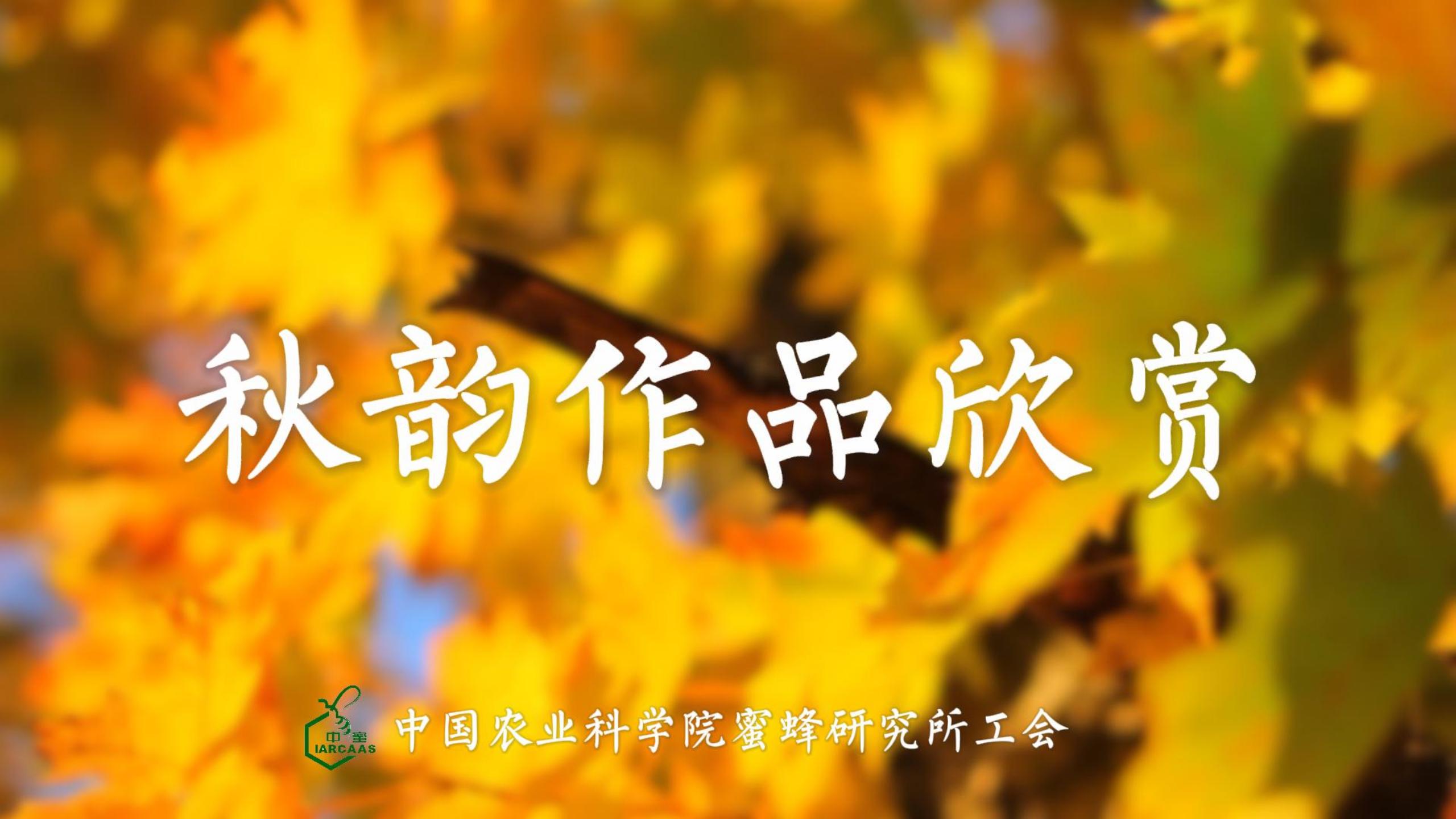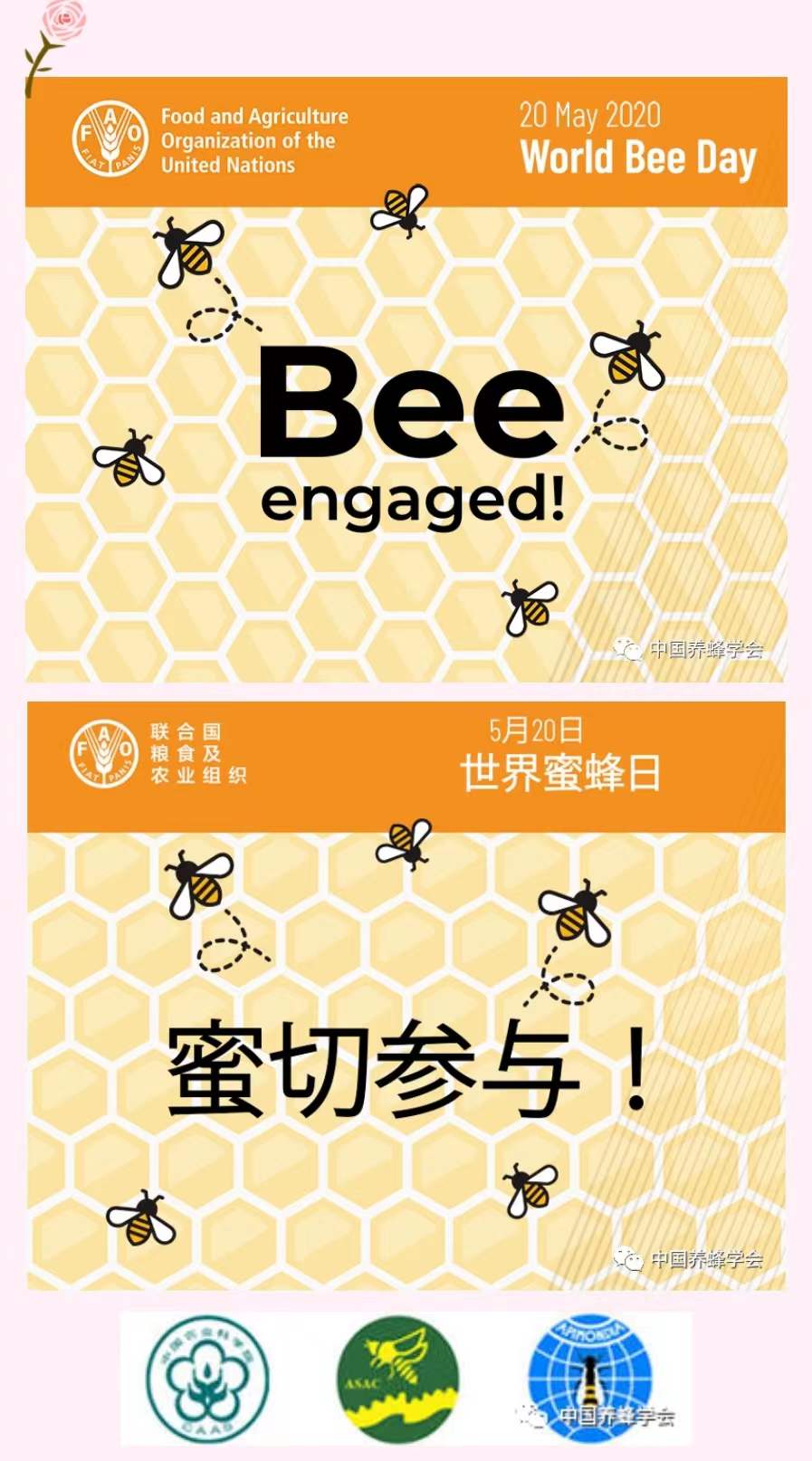
代平礼,男,博士,中国农业科学院蜜蜂研究所研究员,博士生导师,中国农业科学院“资源昆虫保护”创新团队首席科学家。兼农业农村部兽药评审咨询专家库专家,中国养蜂学会常务理事、蜜蜂保护专业委员会主任,《中国蜂业》编委,安徽农业大学、北京农学院硕士生导师。
主要从事资源昆虫病虫害防控和蜜蜂生态毒理学研究,先后主持国家自然科学基金、北京市自然科学基金和国家重点研发子课题等10余项。发表论文90余篇,其中以第一或通讯作者在Nature Communications、PLoS Pathogens和Journal of Hazardous Materials等期刊发表SCI论文36篇;以第一发明人获授权专利14项;出版专著1部、参编著作6部;作为主要完成人获北京市科学技术三等奖2项、中国农科院科技成果奖2项;指导研究生获国家奖学金(2023年、2024年)、中国农业科学院优秀硕士学位论文(2020年、2023年、2024年)、大北农奖学金(2024年)和华林奖学金一等奖(2023年、2024年)等。
联系电话:010-62591738
E-mail: daipingli@caas.cn
https://www.researchgate.net/profile/Pingli-Dai
博士招生专业:特种经济动物饲养
硕士招生专业:特种经济动物饲养 / 畜牧
教育经历
2008/09-2011/06,中国农业科学院研究生院,特种经济动物饲养,博士
2002/09-2005/06,中国农业大学,农业昆虫与害虫防治,硕士
1998/09-2002/06,中国农业大学,植物保护,学士
代表性主持课题
[1] 国家自然科学基金面上项目“大蜡螟幼虫觅食偏好行为的嗅觉识别机制”(2025-2028);
[2] 国家重点研发计划“中华蜜蜂产业关键技术研究与应用示范”课题“中蜂生产信息智能化及主要病害绿色防控”任务2(2022-2026);
[3] 国家重点研发计划“贵州喀斯特山区优势特色产业提质增效技术集成与示范”课题“紫云中蜂健康高效养殖技术集成与示范”任务2(2021-2022);
[4] 北京市自然科学基金面上项目“广谱性杀菌剂百菌清对西方蜜蜂幼虫的综合毒性效应及机制研究”(2020-2022);
[5] 北京市自然科学基金面上项目“梅氏热厉螨寄生引起西方蜜蜂行为和电生理反应的分子机制”(2016-2018);
[6] 国家自然科学基金青年基金“Bt Cry毒素对蜜蜂中肠上皮细胞电生理研究”(2013-2015)。
代表性论文(#共同第一作者,*通讯作者)
[1] Han B#, Zhang L#, Geng L#, Jia H#, Wang J, Ke L, Li A, Gao J, Wu T, Lu Y, Liu F, Song H, Wei X, Ma S, Zhan H, Wu Y, Liu Y, Wang Q, Diao Q, Zhang J, Dai P*. 2023. Greater wax moth control in apiaries can be improved by combining Bacillus thuringiensis and entrapments.Nature Communications , 14: 7073.
[2] Gao J#, Ma S#, Wang X, Yang Y, Luo Q, Wang X, Liu F, Wang Q, Fu Z, Diao Q, Dai P*. 2021. Tropilaelaps mercedesae parasitism changes behavior and gene expression in honey bee workers.PLoS Pathogens , 17(7): e1009684.
[3] Kang Y, Wu T, Han B, Yang S, Wang X, Wang Q, Gao J*, Dai P*. 2024. Interaction of acetamiprid, Varroa destructor , and Nosema ceranae in honey bees. Journal of Hazardous Materials , 471(2024): 134380.
[4] Yang S, Luo Q, Wu Y, Gao J*, Dai P*. 2024. Transmission of deformed wing virus (DWV) between Apis mellifera and Tropilaelaps mercedesae. Entomologia Generalis , 44(5): 1233-1241.
[5] Wu T, Choi YS, Kim DW, Wei X, Kang Y, Han B, Yang S, Gao J*, Dai P*. 2024. Interactive effects of chlorothalonil and Varroa destructor on Apis mellifera during adult stage. Pesticide Biochemistry and Physiology , 204(2024): 106107.
[6] Liu F#, Zhang G#, Zhang CL, Zhou WL, Xu XJ, Shou QY, Yuan F, Li Q, Huang HJ, Hu JH, Jiang WJ, Qin JM, Ye WG*, Dai PL*. 2023. Pesticide exposure and forage shortage in rice cropping system prevents honey bee colony establishment. Environmental Research , 219:115097.
[7] Wu T, Gao J*, Choi YS, Kim DW, Han B, Yang S, Lu Y, Kang YX, Du HC, Diao QY, Dai PL*. 2023. Interaction of chlorothalonil and Varroa destructor on immature honey bees rearing in vitro. Science of The Total Environment . 904, 166302.
[8] Yang Y, Ma S, Yan Z, Liu F, Diao Q, Dai P*. 2019. Effects of three common pesticides on survival, food consumption and midgut bacterial communities of adult workers Apis cerana and Apis mellifera . Environmental Pollution , 249: 860-867.
[9] Dai P*, Yan Z, Ma S, Yang Y, Wang Q, Hou C, Wu Y, Liu Y, Diao Q*. 2018. The herbicide glyphosate negatively affects midguts bacterial communities and survival of honey bee during larvae reared in vitro. Journal Agricultural and Food Chemistry , 66: 7786-7793.
[10] Dai P*, Jack CJ, Mortensen AN, Ellis JD*. 2017. Acute toxicity of five pesticides to Apis mellifera larvae reared in vitro . Pest Management Science , 73: 2282-2286.
